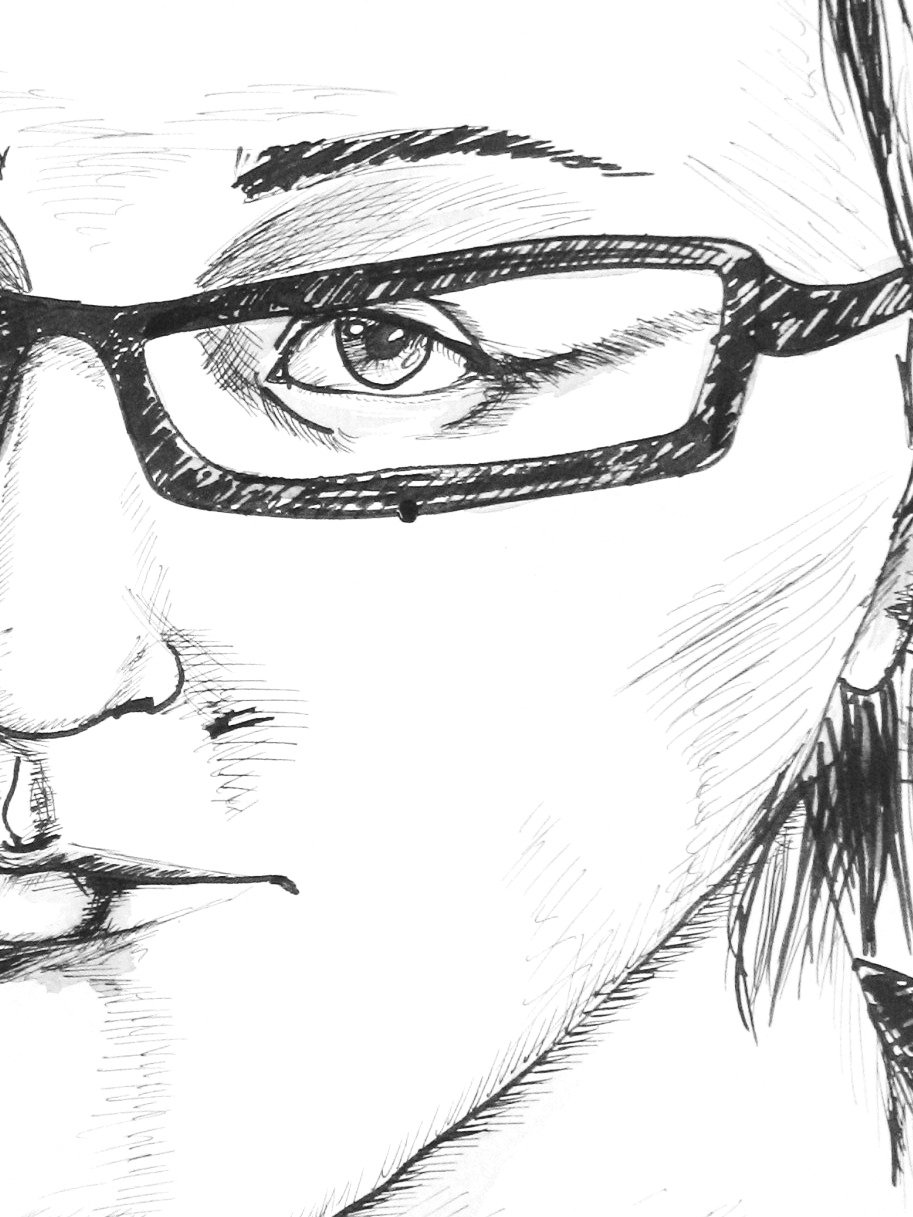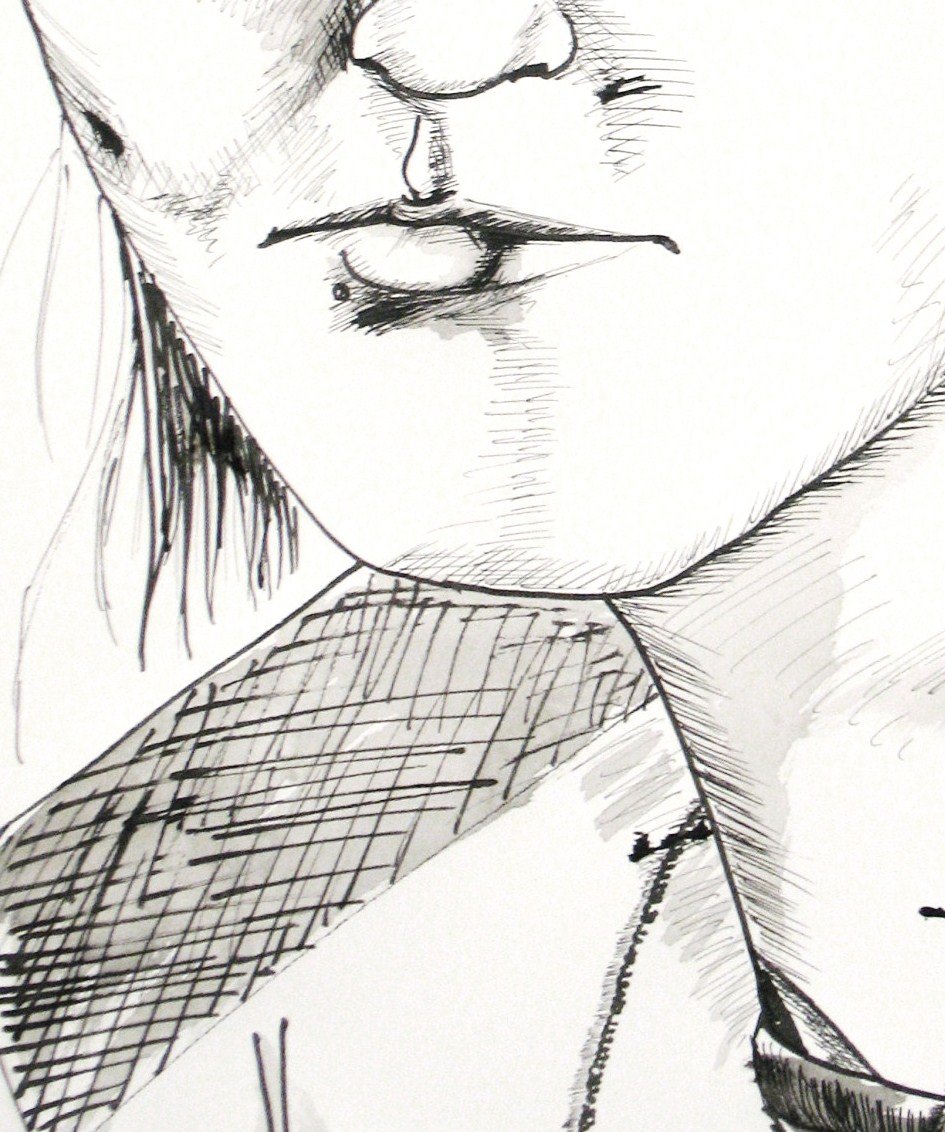







Past Series: Flaw (2010)
STATEMENT
Life and factors of such can be effectively expressed through artwork. One detail that life is greatly made up from is the human flaw, whether physically shown or entailed throughout human action. Something many of us struggle with is how to embrace the human flaw, how to understand that it can be beautiful if understood and used in a way that it is no longer negative but instead a difference utilized in order to differentiate us. Learning from mistakes can build us.
The same applies to the artwork in Flaw, in both technique and content. The artistic process includes many mistakes, but also ways to work around them and to work with what we have created, just as we do in life.
I drew in a way that pulled to the paper the history of my drawings' process through mark and form. In order to ensure that the artistic process was shown, I limited my ability to fix or erase mistakes by using pen on paper. I wanted every mark to have its place where I left it, whether or not it was realistically accurate to the subject I was trying to recreate. I expected to make many mistakes with unforgiving media, in order to find the skill to work with them and create something aesthetically pleasing and effective. Along with that I expected my skills to grow when it came to my precision and technique with pen, embodying also how we learn from mistakes in life in order to better ourselves.
I chose portraiture to draw not in order to convey the human face and body realistically, but instead in order to include physical flaw and imperfection, a more literal subject to express my reflection on the human. Through human faces and bodies I captured subjects’ appearances, perhaps in an imperfect way, in hopes that my audience can get past the possible unsettling aspects and mistakes of a portrait in order to discover the appeal of the character beneath.
Process
Each drawing is 22 x 30 in, made with archival pen and ink on BFK Rives paper. I challenged the flaw of the human memory as well by studying my subject for maybe only ten seconds or so before drawing from memory for a few minutes.
